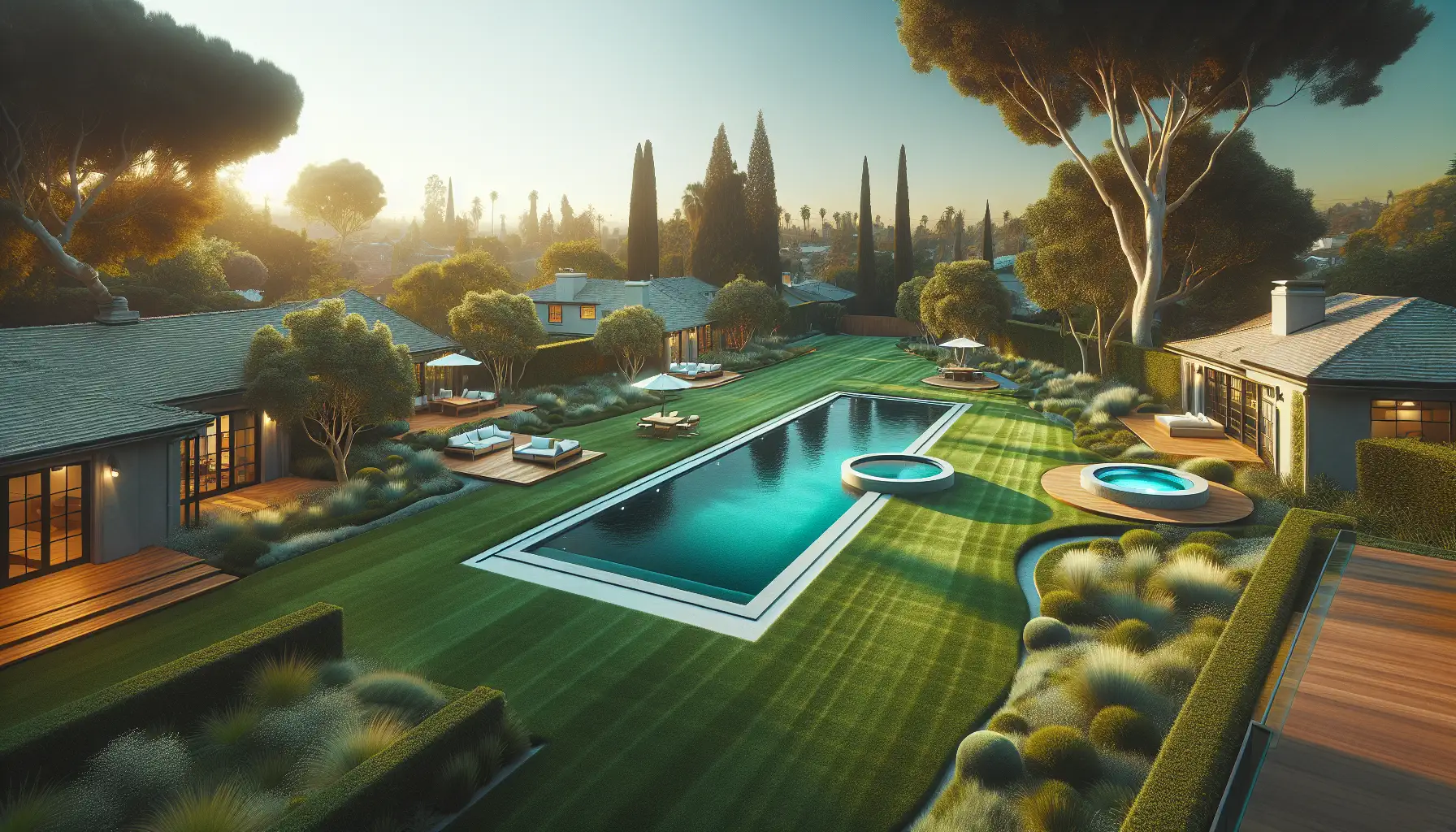What Happens If You Dont Put Sand Under Artificial Grass
When installing artificial grass, overlooking the necessity of proper infill can result in a range of issues. An infill shortage may lead to inadequate drainage, uneven ground surface, shortened lifespan, creasing, air pockets, shifting layers, and an unstable foundation.
These problems can give your artificial grass an unattractive appearance and require increased upkeep.
To prevent these complications and ensure a durable surface, it is crucial to follow correct installation methods.
Click here to learn more about: syntheticturfgoldcoast.net.au
Inadequate Drainage
Improper drainage surfaces can lead to myriad issues on outdoor surfaces, affecting both aesthetics and functionality. Standing water can cause proliferation, poor impact absorption, and wear patterns, ultimately in performance and an appearance.
Resilience, footing, and harm are all of installation and proper drainage.
It is to inadequate promptly to prevent problems the of spaces.
Preventative and drainage systems can enhance longevity usability surfaces.

Unstable Foundation
Unstable foundations can result in various issues within a structure, such as cracks in walls and floors, uneven surfaces, and doors and windows that struggle to open and close smoothly. These problems are often the consequences of subpar construction quality factors like improper soil compaction, poor water drainage, and tree roots.
To prevent instability, it is essential to pay attention to heightened compaction, installing effective drainage systems, and conducting routine inspections and maintenance.
By addressing these aspects, you can ensure the safety and longevity of your building’s foundation, ultimately safeguarding its occupants and preserving its structural integrity.
s
- Improper soil compaction can lead to cracks in walls and floors
- Poor water drainage can result in uneven surfaces
- Tree roots can cause doors and windows to struggle to open and close smoothly
- Heightened compaction, effective drainage systems, and routine inspections can prevent instability
Weed Proliferation
Weed proliferation poses a significant challenge for those managing outdoor spaces. The factors contributing to the spread of weeds are diverse, encompassing issues such as inadequate maintenance, insufficient nutrient supply, and suboptimal irrigation practices.
Left unchecked, weeds can outcompete desired plants for essential resources, leading to compromised aesthetics and diminished functionality.
Taking proactive measures to address weed growth through effective management strategies is essential for preserving the beauty and functionality of outdoor areas.
One key component of successful weed control is implementing proper drainage systems to prevent waterlogging, which can contribute to accelerated wear and tear on the landscape. Incorporating barrier methods like mulching and landscape fabric can serve as a protective shield against weed infestations, impeding their growth and enhancing the overall look and feel of outdoor spaces.
Compromised Safety Measures
In any environment, safety measures are essential. Potential dangers lurk everywhere, and solutions are needed to improve standards and dispel misconceptions.
Compromised safety measures can have lasting consequences, affecting functionality and appearance.
An unsatisfactory play surface can reduce steadiness and shock absorption, lacking durability can compromise appearance and footing support, leading to impaired functionality.
It’s crucial to address these issues promptly.
Safety Measures
- Compromised safety measures can lead to lasting consequences
- An unsatisfactory play surface can reduce steadiness and shock absorption
- Lacking durability can compromise appearance and footing support
- Addressing safety issues promptly is crucial
Does Water Go Through Synthetic Grass in Your Yard
What Is the Cheapest SubBase for Artificial Grass
